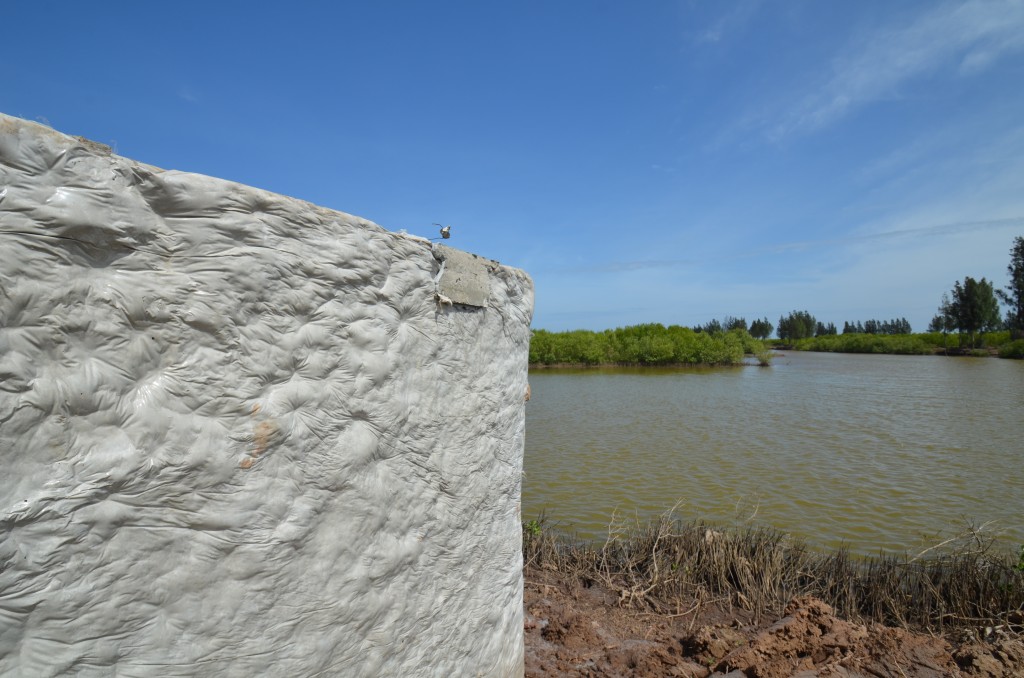The Water Crisis
My teaching, research and professional pursuits, since hurricanes Katrina and Rita in 2005, primarily have been with designers’ activisms in the recovery, rebuilding and most importantly, future viability of the New Orleans deltaic region. For the United States, the New Orleans region unfortunately has become ground zero for all things human-made-water disasters — hurricanes, oil spills, flooding rivers, sinking lands, disappearing wetlands, rising seas. However, it is important that New Orleans is not alone. Water is a continental issue and of course water is a global issue. If not already so, I would argue water will become the global crisis. In the face of uncertain issues of climate change, sea-level rise and population explosion, significant attention is being brought to the comparative studies of deltas and their urbanized developments, now coined “Delta Urbanisms” — arguably the economic life-blood of most nation’s economies. However, I believe it is crucial to take an even bigger step back and understand deltas and their rapidly growing urbanisms, not just within themselves, but also within their larger distribution contexts – watersheds.
As an optimist architect, I truly believe that New Orleans can be a model for a new 21st century American city. And the next wave of students – and ultimately architects and designers – is central to this effort. But this optimism is not foolhardy idealism. Actually, it is rather pragmatic. In other words, New Orleans – and more importantly anywhere else for that matter – must get their fundamentals straight. These global fundamentals begin with a reinstated understanding of the complicated ground we occupy – a ground we cannot continue to dominate with hard-line and static interventions, but rather a ground we should begin to design with adaptive and dynamic negotiations.
To get to this notion of adaptation, architects must become better aware of architecture’s multi-scaled relationships. This is not just for architecture’s sake, but also more importantly for architecture’s multi-scaled integration within landscapes, urbanisms; and, ultimately the larger distribution contexts of watersheds that all architecture inhabits. In other words, the inevitable – and hopefully smarter – next step in the cause and effect evolution of human-manipulated environments.
-Derek Hoeferlin, Architect and Assistant Professor of Architecture, Washington University in St. Louis
concrete box culvert at South China Sea, photo by Derek Hoeferlin, Mekong Delta, 2011
harvesting fish in canal, video by Derek Hoeferlin, Mekong Delta, 2011
